Introduction
The realm of architectural rendering has undergone a profound transformation with the advent of sophisticated 3D software, revolutionizing how architects visualize and communicate their designs. These advanced tools not only enable the creation of intricate three-dimensional representations but also facilitate a nuanced understanding of essential elements such as lighting, materials, and textures.
As architects increasingly adopt these technologies, the ability to produce photorealistic renderings has become a critical factor in enhancing client engagement, improving stakeholder communication, and streamlining project workflows.
With a significant portion of the architectural community recognizing the impact of these innovations on design expectations and project outcomes, the integration of 3D rendering software is not merely a trend but a pivotal shift towards more efficient, collaborative, and sustainable architectural practices.
This article delves into the various dimensions of 3D rendering, exploring popular software options, the importance of photorealistic visuals, and the future trends shaping this dynamic field.
Introduction to 3D Software for Architectural Rendering
3D software for architectural rendering includes advanced computer applications that enable designers to create complex three-dimensional representations of their projects. These sophisticated tools simulate critical elements such as lighting—contrasting the artificial illumination crucial for interior images with the natural sunlight that defines exterior perspectives—materials, and textures, yielding a highly realistic depiction of the final structure. In interior settings, the interaction of artificial lighting with various materials, such as glass, fabric, and metal, is essential for achieving realism, as it affects how these materials reflect or absorb light.
The importance of these applications is emphasized by a notable statistic indicating that around 77% of designers believe technology has fundamentally altered their design expectations. This shift not only enhances the creative process but also serves as a vital communication bridge between abstract concepts and tangible results. As design firms increasingly acknowledge the importance of 3D visualization, especially in enhancing conversations with clients and stakeholders, there is a notable increase in the use of 3D software for architectural rendering that promotes energy efficiency and sustainable building efforts.
Furthermore, a recent report highlights that 25% of architects intend to incorporate automated code compliance software into their workflows, reflecting the growing integration of technology in design practices. Furthermore, identifying the suitable level of detail in visual representations is essential, as it guarantees that the visuals effectively convey the intended concept to various groups. As noted by 360 Research Reports, despite the intense competition in the 3D software market, the global recovery trend is clear, and investor optimism suggests that more new investments will continue to enter this field.
This evolution in the industry signifies a pivotal shift towards more efficient, transparent, and collaborative design processes, driven by cutting-edge 3D visualization tools that enhance client understanding, improve stakeholder communication, and identify design issues early.
Exploring Popular 3D Rendering Software Options
Within the architectural community, several 3D software for architectural rendering options are recognized and hold significant market share. Autodesk 3ds Max stands out due to its robust feature set, including advanced modeling tools and extensive plugin support that enhance visualization capabilities. It is frequently praised for its efficiency in creating detailed visualizations that serve as a bridge between concept and reality, playing a crucial role in pre-sales, boosting project confidence and generating early investment.
In contrast, SketchUp is preferred for its intuitive user interface and smooth integration with various visualization engines, making it an ideal option for designers seeking ease of use alongside functionality. V-Ray, conversely, is famous for its lifelike visualization abilities, enabling designers to create impressively realistic images that clearly convey design purpose and highlight functionality and beauty, ultimately improving client satisfaction and marketing efficiency. Each of these 3D software for architectural rendering solutions offers distinct functionalities tailored to the diverse needs of design visualization, empowering architects to select tools that align with their specific project requirements.
As recent case studies demonstrate, the investment in remarkable 3D visuals is crucial for expressing design vision and making informed choices. According to recent user satisfaction ratings, Autodesk 3ds Max consistently receives high marks for its versatility and output quality, reinforcing its position as a leading choice in the market. Notably, there were 35,621 candidates actively working on licensure, reflecting a robust profession that increasingly relies on sophisticated software tools.
Additionally, male architects earned an average income of $85,968, whereas female architects earned $79,033, emphasizing the economic factors architects encounter when investing in software tools that improve their visualization capabilities. As the landscape of architectural visualization continues to evolve, these tools are adapting to incorporate current trends, such as the integration of AI and machine learning technologies. The implementation of these technologies is set to enhance performance and automate various aspects of the processing procedure, increasing overall production efficiency while maintaining high image quality.
The Role of Photorealistic Rendering in Architecture
Photorealistic visualization is essential in contemporary architecture, offering lifelike images that embody the nuances of a design. At J. Scott Smith Visual Designs, we understand that stunning visuals are just the beginning; our commitment to client satisfaction is reflected in genuine testimonials that highlight the reliability and partnership we offer. One client remarked, ‘The team at J. Scott Smith Visual Designs not only provided amazing visuals but also made the entire process seamless and enjoyable.’
These sophisticated representations facilitate not only the visualization of concepts but also serve as influential marketing tools, enhancing property value through visual appeal and differentiation in the market. Research indicates that clients are significantly more inclined to engage with realistic images that convey the intended atmosphere and materiality of a project. Additionally, 74% of respondents agree that there should be ethical guidelines governing Ai’s use in architecture, underscoring the importance of responsible practices as designers increasingly adopt these technologies.
The latest advancements in 3D software for architectural rendering allow architects to incorporate intricate details—such as reflections, shadows, and realistic textures—thereby enhancing the overall presentation and client experience. Furthermore, the impact of photorealistic rendering using 3D software for architectural rendering extends beyond aesthetics; firms adopting 3D visualization and Building Information Modeling (BIM) report an average time saving of 20% in project timelines, alongside reduced labor costs and lower facility operational costs by up to 30% over a building’s lifecycle. Paul Keskeys, Publisher and Editor in Chief of Architizer, observes, ‘In the race to stay relevant—and maintain creative control over their work—a significant number of professionals in the field are diving into AI, and their skill for experimentation makes them the perfect explorers of this new technological landscape.’
As architects leverage these advancements, the ability to produce compelling, realistic images not only enhances client engagement and confidence but also drives marketing success in the competitive landscape of 2024. Furthermore, VR simulations are progressively employed for training employees on safety protocols and informing the public about architecture and aesthetics, further expanding the use of visualization technologies. We focus on producing high-quality representations for both interior and exterior design projects, ensuring that our clients receive detailed visualizations customized to their specific needs.
Enhancing Efficiency and Creativity with 3D Rendering Tools
The advent of modern 3D software for architectural rendering has revolutionized the architectural design landscape, significantly enhancing both efficiency and creativity. By automating repetitive tasks such as lighting adjustments and material applications, these advanced 3D software for architectural rendering solutions free architects to focus on the imaginative aspects of their projects. Critical to this process is the meticulous attention to detail in renderings, particularly in the context of exterior home renderings, which ensures accuracy and aligns closely with the client’s vision.
The ability to visualize concepts in real-time facilitates immediate feedback, fostering collaborative enhancements throughout the creative process. This dynamic workflow motivates builders to experiment with various creative elements, overcoming the limitations of traditional methodologies. Furthermore, the integration of such tools not only speeds up the creation process but also ensures a higher degree of precision in project execution, which is vital for client satisfaction, as projects are completed correctly the first time.
The use of 3D software for architectural rendering is crucial in architectural visualization services, helping designers to flesh out initial ideas and effectively explore shapes and shadows. A practical example of this is illustrated in the case study ‘Facilitating Sustainable Practices,’ where digital tools support sustainable development by allowing exploration of materials, construction methods, and environmental impacts through 3D modeling and simulation. This approach optimizes building elements for sustainability while meeting client demands for eco-friendly solutions, as demonstrated in the Realm Adelaide project.
The function of storytelling in 3D visualizations cannot be overlooked; it conveys the designer’s vision into clear images, fostering strong client relationships and ensuring that the final design resonates with the intended emotional narrative.
Future Trends in 3D Architectural Rendering Technology
The future of 3D design technology is poised for transformative advancements, with the market expected to achieve a valuation of $4.59 billion in 2024 and rise to $16.18 billion by 2032, indicating a strong compound annual growth rate (CAGR) of 17.0%. Central to this evolution is the growing incorporation of virtual reality (VR) and augmented reality (AR) into visualization processes, significantly enhancing the capacity of designers to create immersive experiences that convey their vision to clients effectively. High-quality visual representations produced with 3D software for architectural rendering not only facilitate informed decision-making and project development but also generate excitement and clarity among stakeholders, making them essential in the architectural process.
Furthermore, as designers undertake unique projects with 3D software for architectural rendering, the ability to customize and revise these visualizations becomes paramount, ensuring that the final output aligns with the client’s vision. However, challenges remain, particularly concerning integration issues with existing design modeling software, which can hinder the seamless adoption of these technologies. Insights from OpenAsset reveal that:
- 28% of professionals within the industry—encompassing architects, engineers, and contractors—report that most of their projects are green.
- 42% anticipate this figure to rise significantly within the next three years.
This shift towards sustainability is crucial as advancements in artificial intelligence (AI) continue to unfold. For instance, Meta Platforms, Inc.’s recent launch of its AI Text-to-3D Generator in July 2024 allows for the rapid creation or retexturing of 3D objects in under a minute, effectively streamlining the visualization process and improving the quality of 3D content. Additionally, as the complexity and scale of projects increase, so too do the resource requirements and rendering times, emphasizing the necessity for investment in quality 3D software for architectural rendering.
As these technologies continue to develop, architects must embrace these innovations, adapting their practices to maintain a competitive edge in this dynamic landscape.
Conclusion
The integration of 3D rendering software has fundamentally transformed architectural practices, enabling architects to create intricate visualizations that enhance both client engagement and project outcomes. As explored throughout this article, the advanced capabilities of these tools allow for the simulation of critical elements such as lighting, materials, and textures, resulting in photorealistic renderings that effectively communicate design intent. The growing adoption of software like Autodesk 3ds Max, SketchUp, and V-Ray underscores the importance of selecting the right tools tailored to specific project needs, ultimately fostering a more efficient and collaborative design process.
Photorealistic rendering has emerged as an indispensable component of contemporary architecture, serving not only as a medium for visualization but also as a powerful marketing instrument. The ability to produce lifelike images enhances client satisfaction and significantly influences investment decisions. Furthermore, the time and cost savings reported by firms utilizing these technologies highlight their value in optimizing project workflows and reducing operational expenses over the lifecycle of a building.
Looking ahead, the future of architectural rendering is poised for remarkable growth, driven by advancements in virtual and augmented reality, as well as the integration of artificial intelligence. As the market evolves, architects must remain agile, adapting their practices to leverage these innovations while addressing challenges such as software integration and resource management. Embracing these changes will be crucial for maintaining a competitive edge and achieving sustainable design outcomes in an increasingly complex architectural landscape.
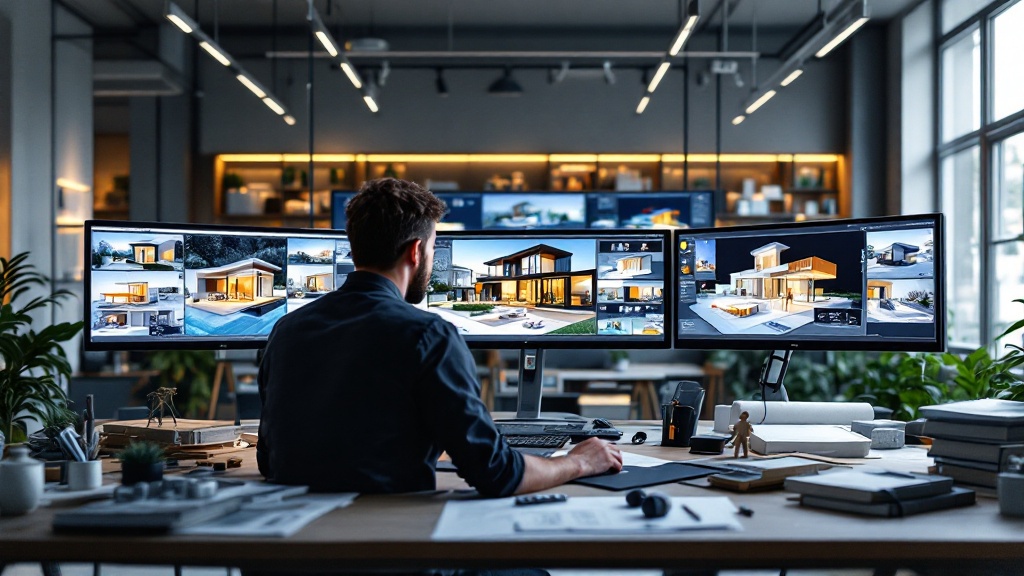
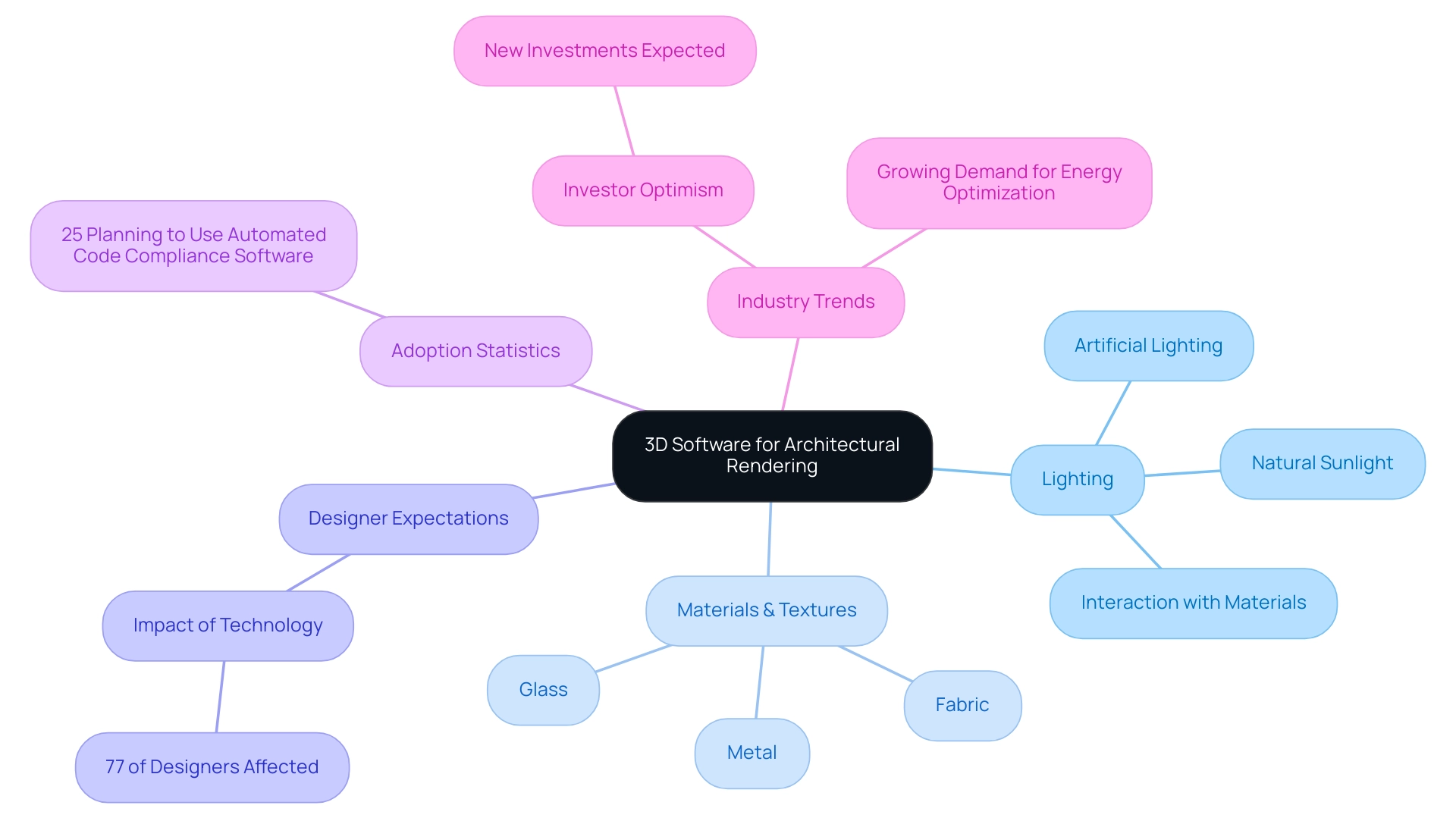
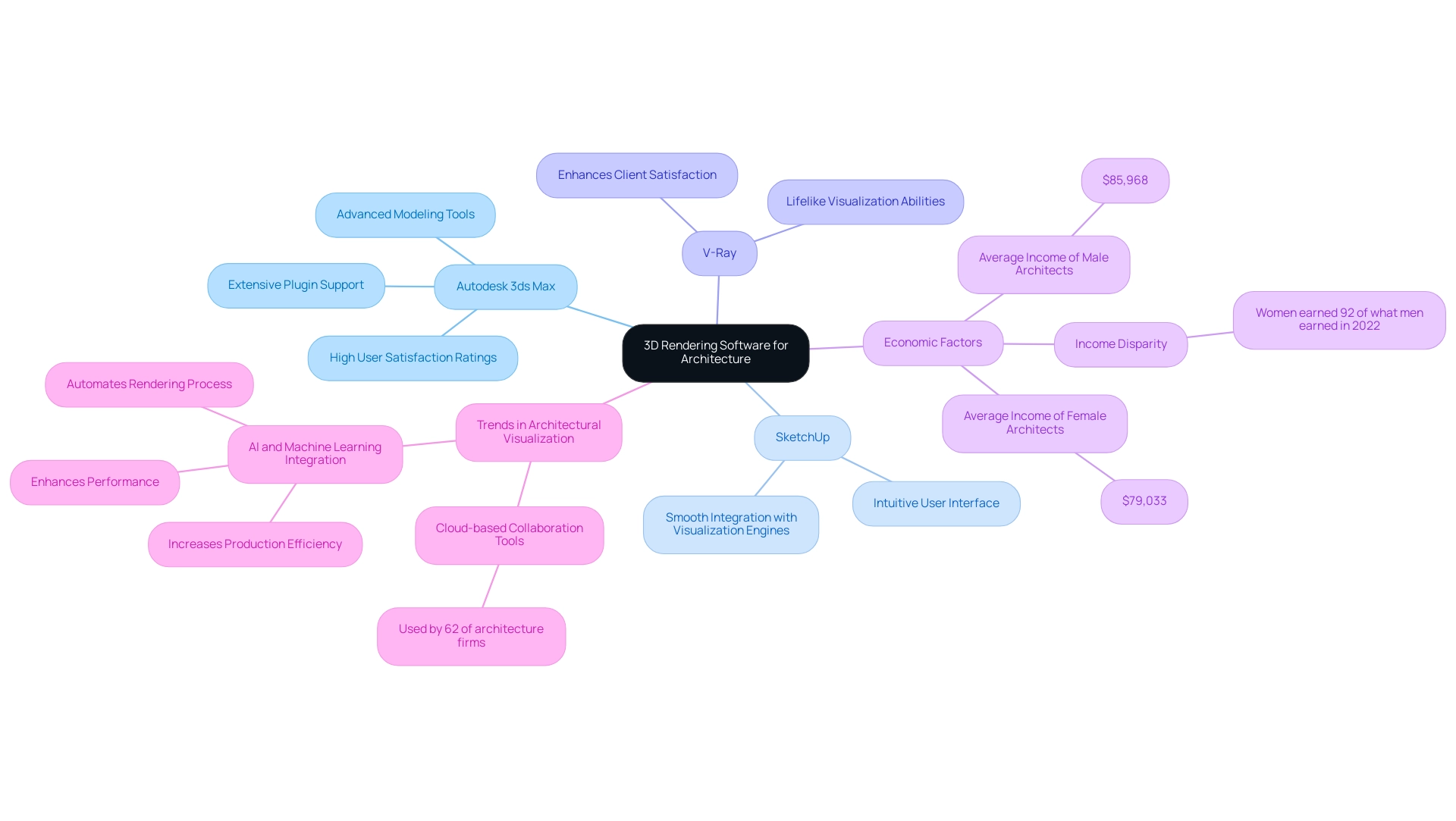
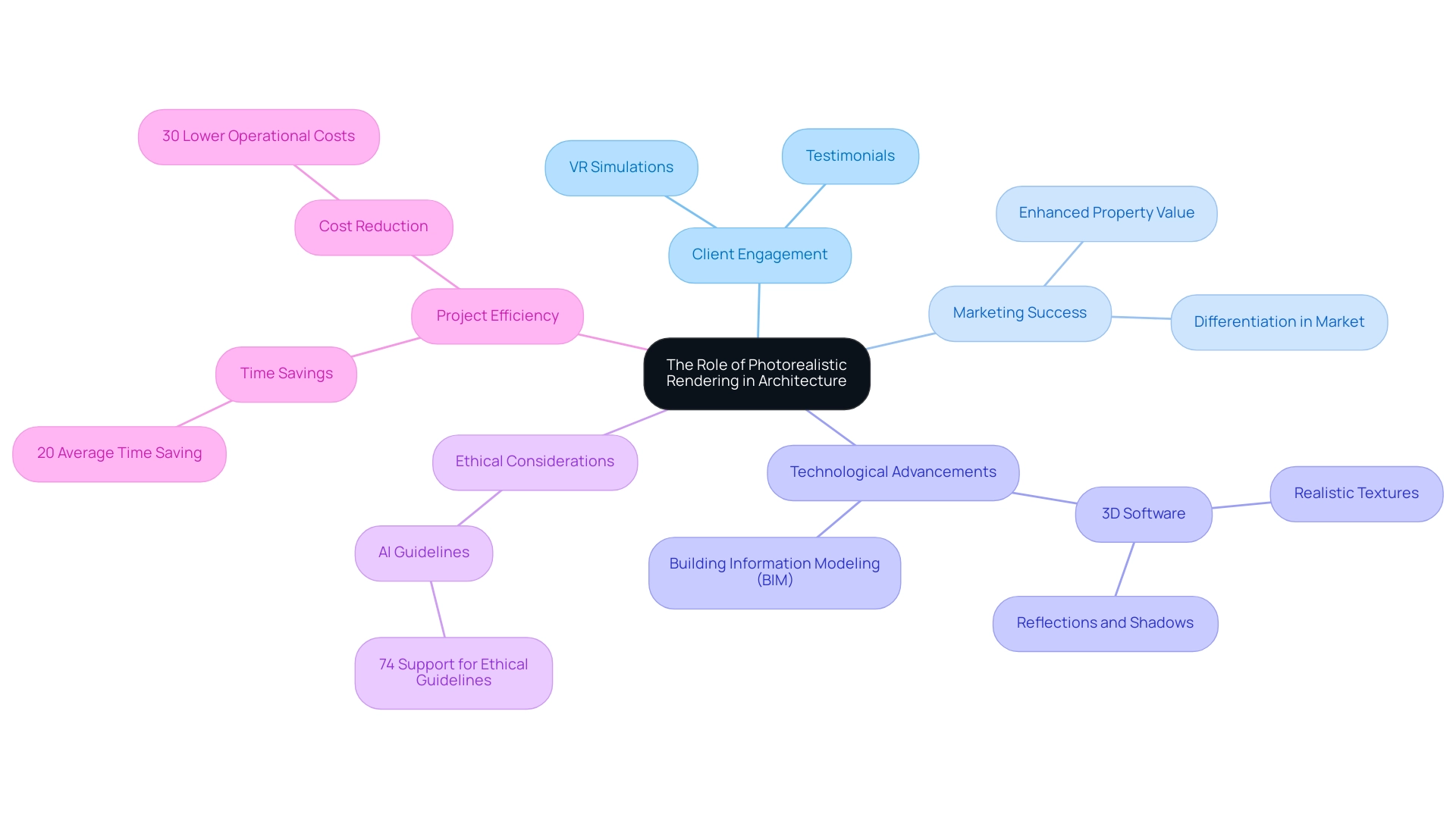
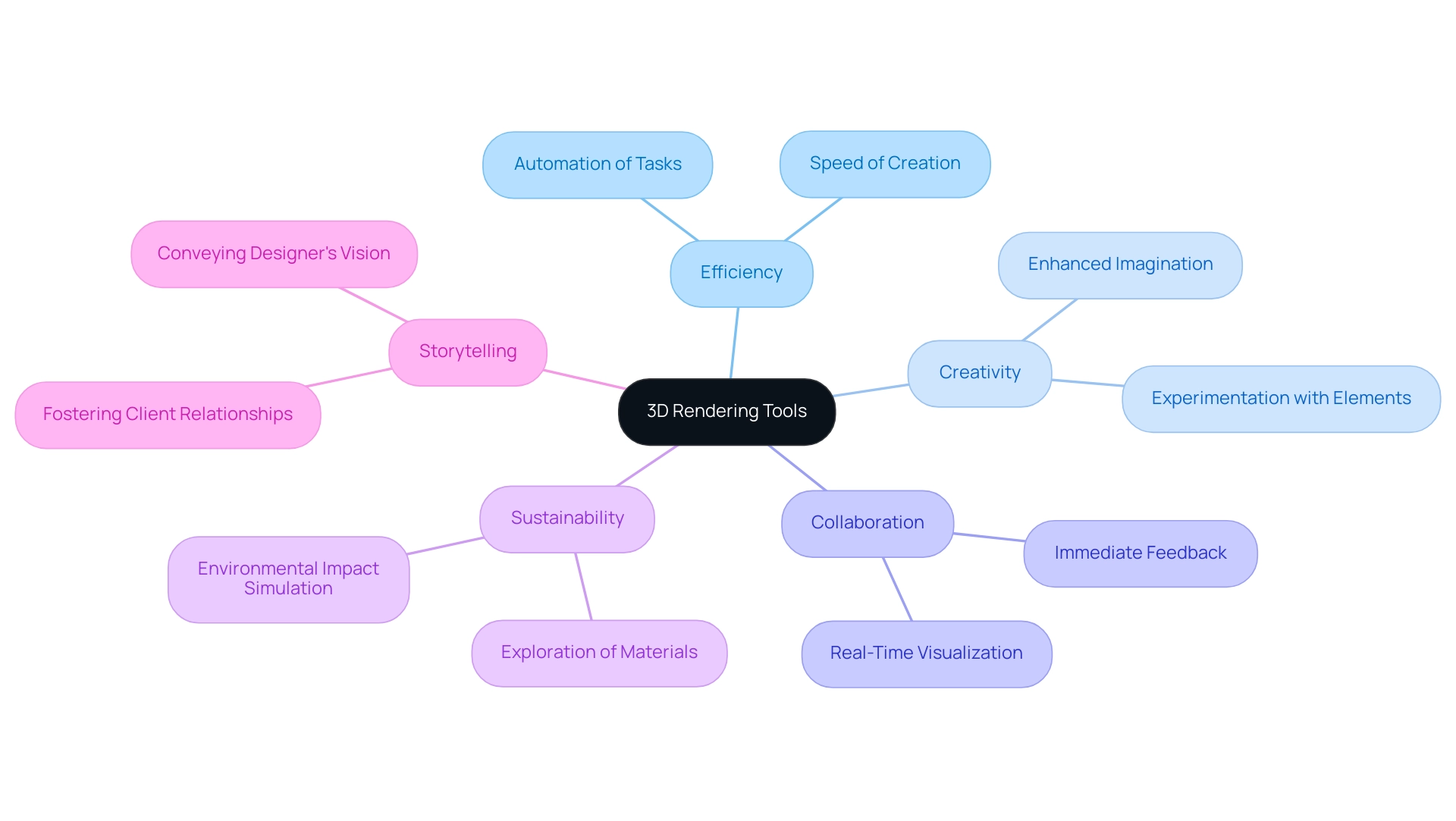
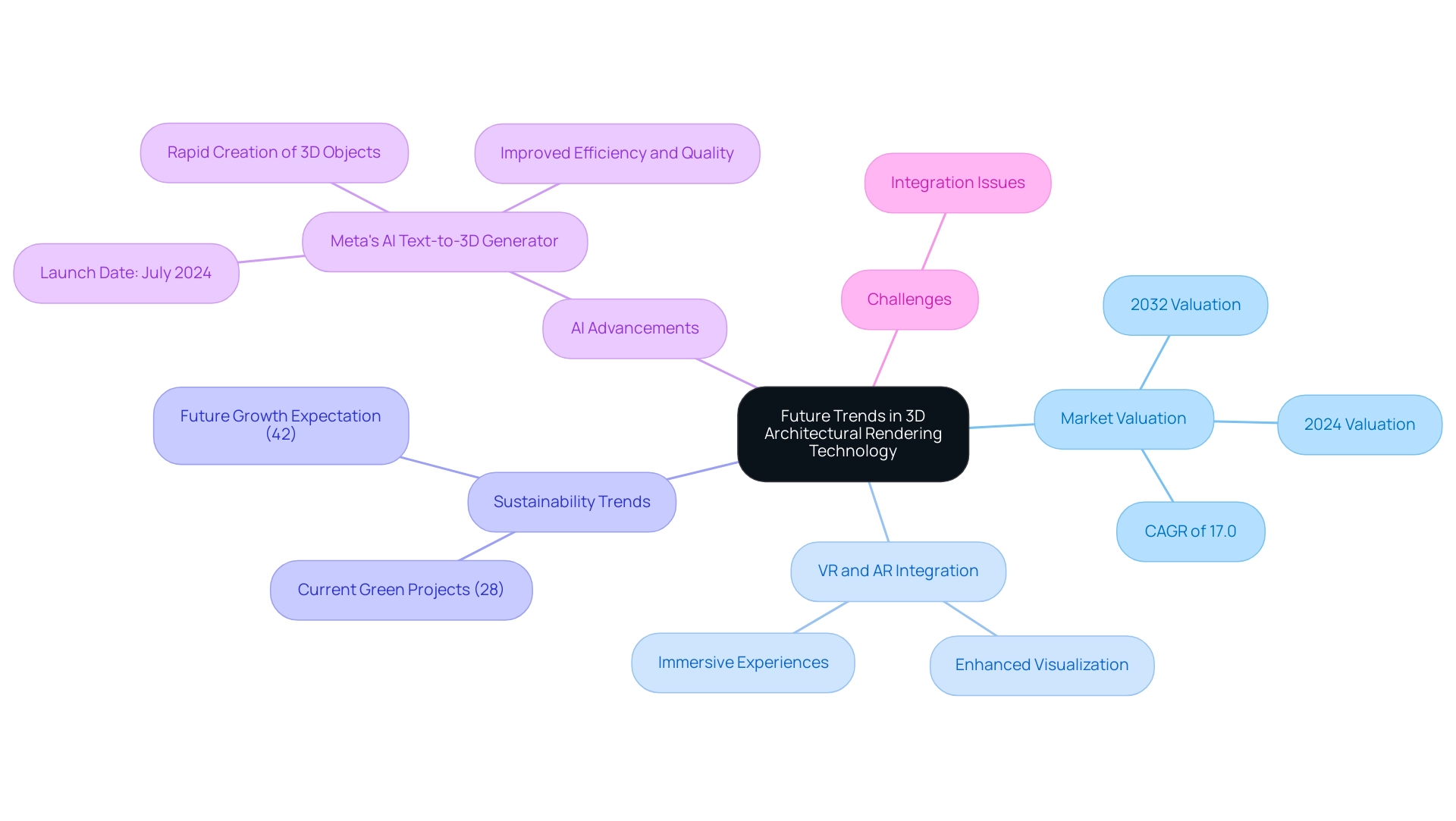
0 Comments